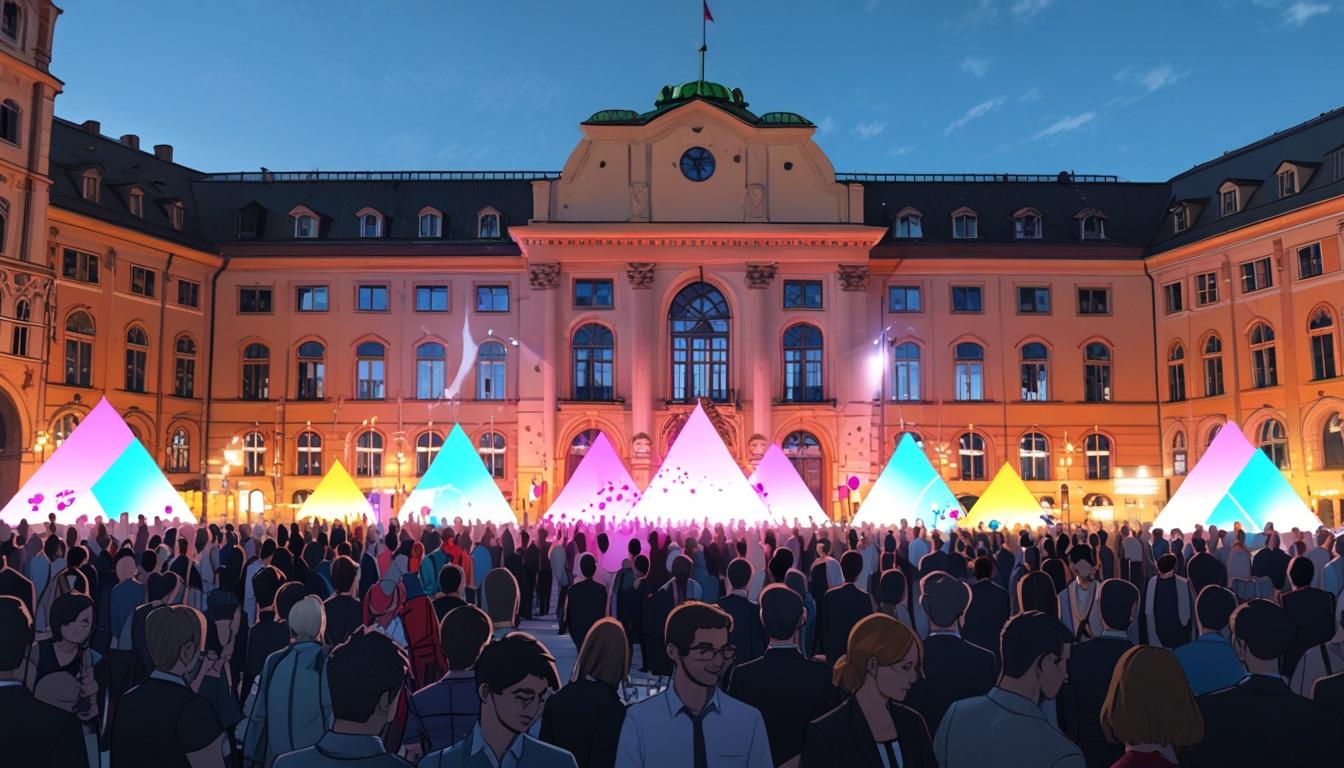The LOPEC 2025 conference in Munich highlighted innovative advancements in e-textiles, focusing on energy efficiency and sustainability across various sectors.
Energy efficiency and innovative advancements in technology were at the forefront of discussions during LOPEC 2025, which took place in Munich, Germany, in February. This year, the conference emphasized the end-user perspective with a variety of conference papers, poster presentations, and the Innovation Showcase, highlighting how emerging technologies are shaping the future of e-textiles in sectors ranging from wearables to transportation.
Among the key topics addressed at the event was the growing focus on power supply solutions, paired with advancements in ultra-thin and flexible solar cell films. One notable presentation was from Prof. Luigi G. Occhipinti of the University of Cambridge, who outlined his research group’s work on energy-efficient wearable technologies, specifically through the development of silent speech interfaces. These interfaces are designed for patients with conditions that impede verbal communication, including stroke, cerebral palsy, and Parkinson’s disease. Occhipinti elaborated, stating, “Our ultra-sensitive strain sensor embedded in a smart choker wearable conforms to the user’s throat, capturing subtle movements to enhance speech decoding accuracy.” This innovative device integrates few-layer graphene to achieve a high level of sensitivity while conserving energy.
The integration of smart features into textiles was further explored by FLEXOO, a German company focused on printed electronics and sensors. They showcased their MiniMoS software and battery monitoring system, which provides real-time monitoring of battery performance. The system utilizes thin printed sensors that measure temperature and pressure, facilitating the targeted replacement of defective battery cells before they incur damage. FLEXOO’s collaboration with FRTI, specialists in conductive embroidery, aims to enhance the efficiency of battery technology in various applications, particularly in electric vehicles (EVs), where batteries can significantly increase purchasing costs.
The event also featured a focus on solar technology through the Solar Tap initiative, driven by the Helmholtz Institute Erlangen-Nuremberg for Renewable Energy. This platform is dedicated to advancing organic photovoltaics (OPV) and perovskites, moving from laboratory research to industrial application. By producing printed thin-film photovoltaics on flexible substrates, the initiative aims to minimize energy consumption and chemical waste in the manufacturing process, while optimizing materials that can be primarily recycled.
Highlighting further advancements in energy storage, Prof. Matti Mäntysalo of Tampere University detailed innovative developments from the Laboratory for Future Electronics. His research into Activated Wood Carbon (AWC) as an alternative to conventional activated carbon for printed supercapacitors may revolutionize energy autonomy within e-textiles. This material is sourced from biomass, providing a sustainable solution for energy storage systems. Mäntysalo noted that materials derived from waste products, such as coffee beans and nutshells, can be processed to yield highly porous carbon structures that enhance electrical conductivity and overall performance.
Moreover, the French company BeFC introduced their pioneering work in biofuel cell technology by creating a compostable paper-based battery. This metal-free energy source uses enzymes to convert sugars and oxygen into electricity, offering a promising alternative to traditional battery systems. BeFC’s development aligns with the increasing demand for sustainable electronics and e-textiles, particularly in light of the projected annual disposal of 15 billion batteries, of which a staggering 97 percent are currently sent to landfills or incinerated.
The LOPEC 2025 conference served as a platform for showcasing the future of electronic textiles and technologies, turning a spotlight on energy solutions that address both efficiency and sustainability. As industries continue to explore these advancements, the collaboration between research institutions and manufacturers promises to drive innovation and reshape the landscape of e-textile applications.
Source: Noah Wire Services





Kudos. I appreciate it!
casino en ligne fiable
Cheers, Very good information.
casino en ligne France
Superb advice, Regards!
casino en ligne fiable
Amazing facts. Thank you.
casino en ligne
Regards! I appreciate this.
casino en ligne France
You revealed this effectively!
casino en ligne
Amazing loads of wonderful data!
meilleur casino en ligne
You actually stated this fantastically.
casino en ligne
Factor very well utilized!.
casino en ligne
You actually mentioned it well!
casino en ligne fiable